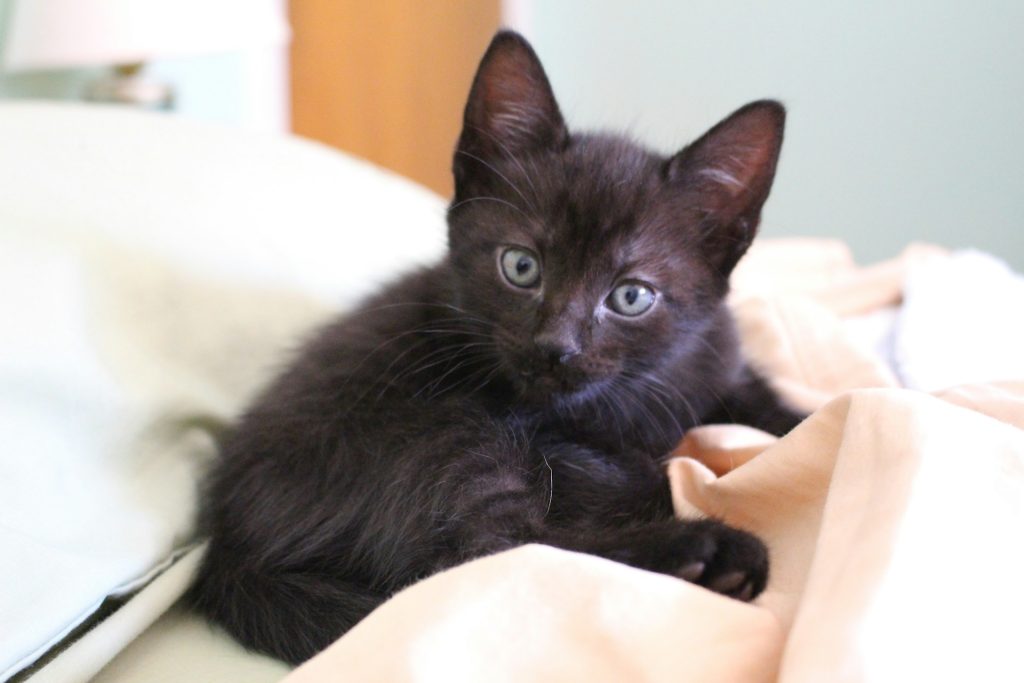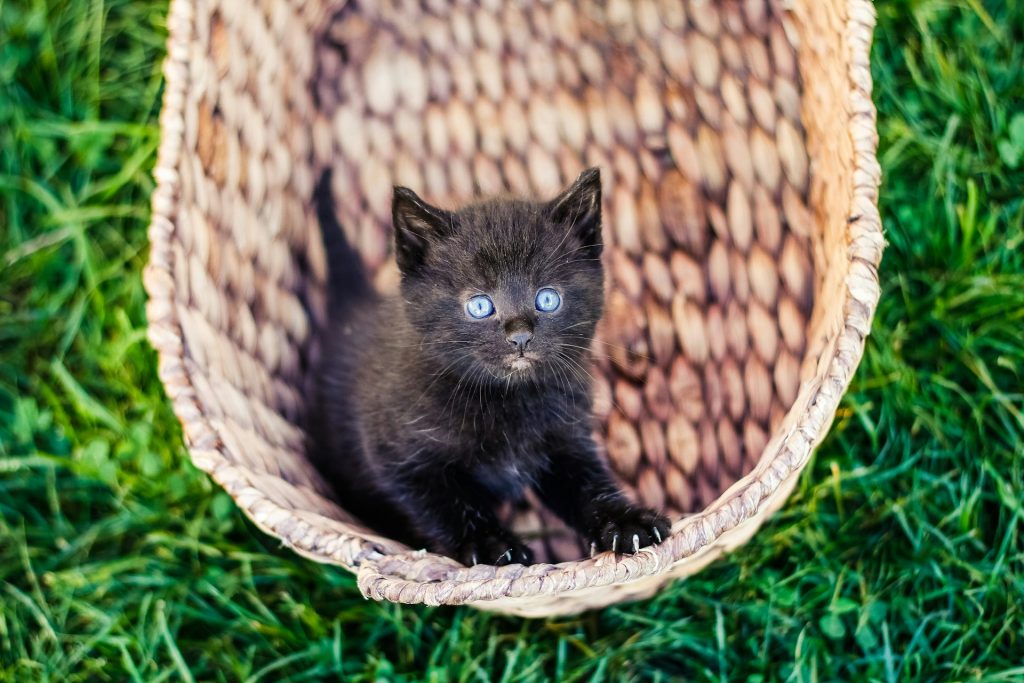Table of Contents
Recognizing the signs that your cat is dying is a crucial step in providing the care and comfort they need during their final days. As a feline friend’s health declines, changes in behavior such as a lack of appetite and altered hygiene habits can be telling indicators. Helping your cat through this time means being vigilant and responsive to their needs, ensuring they feel loved and cared for. Providing palliative and hospice care when necessary can also alleviate discomfort and maintain the quality of their remaining life.
It is essential not to overlook behavioral symptoms, such as social withdrawal or infrequent grooming, as these can be signs of discomfort or pain. Observing your cat’s behavior and maintaining a peaceful environment can help ease their stress. Engaging with their favorite toys, when they are willing, may also provide moments of comfort and normalcy amidst their changing condition.
Being prepared for the end can also aid in the grieving process for pet owners. Cherishing the moments with your feline companion, capturing memories through photographs, and considering the creation of custom pet products can provide solace after they’ve passed. Embracing these final days with compassion ensures that your beloved cat departs this life feeling treasured and at peace.
Deciphering the Signs of a Dying Cat
Understanding the physical signs and behavioral changes in your cat can provide insight into their overall well-being. Obvious signs of illness such as muscle twitching, body odor, and altered breathing patterns are critical to notice. As a pet owner, it is essential to keep the cat’s bedding clean and observe for signs of a dying cat, such as decreased mobility and a lack of response to human interaction. These symptoms, while sometimes indicative of treatable conditions, can also suggest that a cat is nearing its end and warrants immediate veterinary evaluation.

Behavioral Signs Indicating Your Cat May Be Approaching Its End
As pet owners, it is heart-wrenching to witness the signs that a cat may be dying. Behavioral indicators such as difficulty breathing and cognitive dysfunction can signal that a cat is nearing death and a decline in the cat’s quality of life. One of the most profound signs is when a cat stops seeking the companionship of its family, suggesting it may soon cross the rainbow bridge. At this juncture, providing comfort and care becomes the primary focus.
1. Social Withdrawal and Hiding
When cats nearing the end of life begin to withdraw socially and seek solitude, it is often a sign that their time is close. A feline companion may hide in secluded spots, avoiding interaction and the usual household activities they once enjoyed. This behavioral shift reflects an instinct to find a safe and quiet place during their vulnerable final moments.
Observing these changes in behavior is essential for providing the support and care needed during this time. While it may be challenging to accept, respecting their need for privacy and understanding their withdrawal as part of the natural process is critical.
2. Decreased Interest in Surroundings
Warning signs of a cat’s declining health can often be seen in their lack of interest in their surroundings. Activities and environments that once captivated their attention may no longer elicit a response. This decreased engagement is a clear indication that their energy and curiosity are waning, as they conserve their strength during this final phase.
Providing a peaceful and comfortable space becomes paramount as your cat’s activity levels diminish. Monitoring these changes can help ensure that they remain content and stress-free as they navigate this stage of life.
3. Altered Relationships With Family Members
One of the more poignant signs that your cat is dying is a change in their relationship with family members. A cat that was once sociable and affectionate may become indifferent or even irritable. These behavioral changes can be accompanied by physical symptoms that further strain their ability to interact as they once did.
Understanding that these alterations in behavior are not personal but rather a response to their declining health can help family members cope with the changes. Maintaining a compassionate and patient approach will ensure your cat feels secure and loved during this sensitive time.
4. Noticeable Weight Loss and Reduced Appetite
An unexplained weight loss in a cat can often be a sign of underlying health issues. As a cat’s appetite diminishes, they may experience significant weight loss, which can be especially concerning if it occurs rapidly. Monitoring food intake and body condition is critical for assessing their health status.
Consultation with a veterinarian is important when these symptoms arise, as they can provide insight into whether the weight loss is a treatable condition or a natural decline associated with the end of life.
5. Changes in Breathing Patterns
Changes in breathing patterns can be distressing to observe in a dying cat. You may notice an increased effort to breathe, with the cat seeking out the litter box as a cool place to rest due to the clay’s ability to absorb heat. Labored breathing may also occur, indicating a struggle to maintain oxygen levels.
Offering a quiet and comfortable space away from the litter box can help your cat feel more at ease. Monitoring these breathing changes can provide essential clues about when to seek veterinary advice or increase measures for comfort.
6. Drop in Body Temperature
A healthy cat usually maintains a consistent body temperature. When a cat is dying, their body temperature may drop and they can feel cool to the touch. This decrease in temperature is a sign of their body’s systems slowing down.
Providing warmth through blankets or a heated bed can help maintain comfort. It’s important to regularly check your cat’s temperature and provide additional warmth as needed to ensure they are not suffering from the chill.
7. Persistent Lethargy and Weakness
Persistent lethargy and weakness are common in dying cats. They may show difficulty in using the litter box, particularly if they have to climb or jump to access it. Weakness in the hind legs can also become apparent, leading to an inability to stand or walk properly.
Extreme weakness may necessitate moving the litter box closer to the cat’s resting area and providing mobility support. Recognizing these signs of fatigue and providing a conducive environment can help maintain their dignity and comfort.
8. Gastrointestinal Distress: Vomiting and Diarrhea
Dying cats may experience gastrointestinal distress, including vomiting or diarrhea. These symptoms can lead to dehydration and further weaken an already fragile system. Monitoring for these signs and providing supportive care is essential.
Ensuring easy access to water and a clean, comfortable area to rest can help manage these distressing symptoms. Consulting with a veterinarian can also provide options for managing nausea and maintaining hydration.
Supporting Your Cat During Its Final Stages
Pet parents may face the difficult reality that death is imminent for their beloved cat. Recognizing the signs of labored breathing and lack of oxygen can help determine the right course of action. Providing comfort and ensuring a peaceful transition becomes the focus, with decisions made in the best interest of the cat’s well-being.
Comfort Measures for a Dying Cat
As muscle mass decreases and energy wanes, making a dying cat warm and comfortable is a priority. Creating a quiet space for your cat to sleep, away from the hustle and bustle of the household, can help them remain calm. Cat owners should consider investing in a comfortable bed and soft blankets to provide a sense of security and warmth.
Providing a Cozy and Quiet Space
Providing a cozy and quiet space is an integral part of end-of-life care. While medical treatment options may become limited, ensuring that your feline companion has a peaceful area to rest is essential. A familiar environment, away from noise and disturbances, can offer comfort and solace during their final days.
Ensuring that this space is easily accessible and free from obstacles can help minimize stress and allow your cat to move freely. Soft bedding and the presence of familiar scents can also contribute to a serene and comforting atmosphere.
Ensuring Easy Accessibility to Food and Water
As a feline companion nears the end of life, it becomes increasingly important to ensure they have easy access to their necessities. Place food and water bowls close to where your cat rests, preferably at a height that doesn’t require bending down, which can be difficult for them. Consider offering a variety of foods, including your cat’s favorite, to encourage eating despite a decreased appetite.
Hydration is equally essential during this stage. Keep water fresh and within easy reach, checking frequently to refill as needed. The comfort of familiar tastes can provide solace, so maintaining access to their preferred nourishment is a simple yet profound way to support them.
Maintaining Proper Hygiene and Grooming
As cats approach the end of their lives, they may struggle with self-grooming, necessitating additional support from their caregivers. Gentle brushing can help remove mats and maintain their coat’s condition, enhancing their comfort. It’s also a way to foster closeness and provide soothing contact for your feline companion during this sensitive time.
Medical treatment for hygiene-related issues should be gentle and minimally invasive. Regularly clean any soiled areas of fur and provide soft bedding that is easy to wash. Ensuring your cat remains clean and well-groomed can prevent infections and contribute to a dignified quality of life as they near the end.

Considering Hospice and Palliative Care Options
When your cat has passed the early stages of decline and requires more intensive care, hospice and palliative care options become invaluable. These specialized care teams can offer pain management, symptom control, and nutritional support to ensure your cat’s comfort. They also provide compassionate guidance for families during this challenging time, helping to preserve dignity in your cat’s final days.
Pain Management Strategies
Pain management is a crucial aspect of end-of-life care for your cat. Work with your veterinarian to develop a pain management plan that may include medications like analgesics or anti-inflammatories. It’s also important to monitor your cat’s behavior for signs of discomfort, as changes may indicate a need to adjust their pain relief regimen.
Alternative therapies, such as acupuncture or massage, can also be part of a comprehensive pain management strategy. These methods can provide additional relief and enhance your cat’s quality of life. Always consult with a professional before starting any new treatment to ensure it’s safe and appropriate for your cat’s condition.
The Role of Veterinary Support
Veterinary support is an integral part of navigating your cat’s final days. Regular check-ups allow for the monitoring of health changes and the adjustment of medical treatments as needed. Veterinarians can also offer advice on end-of-life decisions, including the difficult choice of euthanasia when the quality of life has deteriorated significantly.
In addition to medical guidance, veterinarians can provide emotional support and resources for pet owners. They understand the bond between cats and their owners and can offer compassionate care to both the animal and its family during this emotional time.
Navigating the Emotional Journey
The period leading up to and following the loss of a cherished feline companion is an emotional journey. It entails a complex array of feelings, from sadness and loneliness to confusion and sometimes even relief that your pet is no longer suffering. Recognizing and accepting these emotions as a natural response to loss is a vital step in the healing process.
The Impact of Anticipatory Grief
Anticipatory grief begins before the actual loss occurs, as pet parents brace themselves for the inevitable. This emotional preparation can manifest in various ways, including sadness, anxiety, and even guilt. It’s a time when the looming absence of a beloved cat casts a shadow over daily life, often affecting mood and behavior.
Understanding that these feelings are a normal part of the grieving process can help individuals cope with the lead-up to their cat’s passing. It allows for a period of reflection, making sense of the impending loss, and beginning to come to terms with the change it will bring to one’s life.
Strategies for Coping With the Loss of Your Cat
When a cat’s life reaches its end, the feelings that follow can be overwhelming. Pet parents may experience a range of emotions from the death of a pet, including deep sorrow and longing. It’s important to acknowledge these feelings and seek support, whether through friends, family, or support groups for those who have gone through the loss of a feline friend. Remember, grieving is a personal process, and finding your path to healing is essential.
Creating Lasting Memories
Creating lasting memories with your cat can provide comfort during and after their passing. Take photos, save a lock of fur, or create a paw print casting as tangible reminders of your bond. These mementos serve as a celebration of the life shared and can be cherished for years to come.
Also, consider writing down favorite stories or memories of your cat. Reflecting on the joys and quirks that made your pet unique can be a therapeutic activity, helping to focus on the positive impact they had on your life rather than the pain of their loss.
Support Resources for Bereaved Pet Owners
After the loss of a pet, it’s important to know that you are not alone. Many resources are available to assist bereaved pet owners through this difficult time. Support groups, both in-person and online, can connect you with others who understand the depth of your loss. Counselors specializing in pet loss can offer professional guidance and support as well.
Books and online articles can also provide insights and strategies for coping with grief. They offer perspectives from experts and fellow pet owners who have navigated similar experiences. These resources can be a source of solace and understanding as you work through the complex emotions associated with losing a beloved cat.
Closing Thoughts: Embracing the Inevitable With Love and Dignity
When the signs that your cat is dying become clear, it’s a profound moment that calls for compassion and tenderness. The lack of appetite, the change in their favorite resting places, or the shallow breathing are not just clinical symptoms; they are the final chapters in the story of your beloved companion. Recognizing these physical and behavioral changes is not only about helping your cat through their last days but also about preparing yourself to say goodbye to your beloved pet. It’s a period to reflect on the joy your feline friend has brought into your life and to ensure they feel the depth of your love until the very end.
Whether you’ve spent 12 to 18 years together or less, the bond with a cat transcends time. As you navigate the choice between a natural death and pet euthanasia, remember that both options can be carried out with dignity and peace. Consult with a doctor of veterinary medicine to understand the best way forward for your cat’s health. Ultimately, knowing you’ve done everything possible to comfort and cherish your cat will help in the healing process after they’ve stopped breathing. As you consider whether to have your cat buried or choose another memorial, know that the memories of your beloved feline friend will remain a comforting presence in your heart.

Hi, I’m Zoey, a devoted mom to two charming Siamese cats. My passion lies in assisting fellow pet owners in providing optimal care for their cats. On CatsEuphoria, I share practical tips and relatable stories, inviting you to join me in appreciating the authentic bond between humans and our beloved feline companions.




